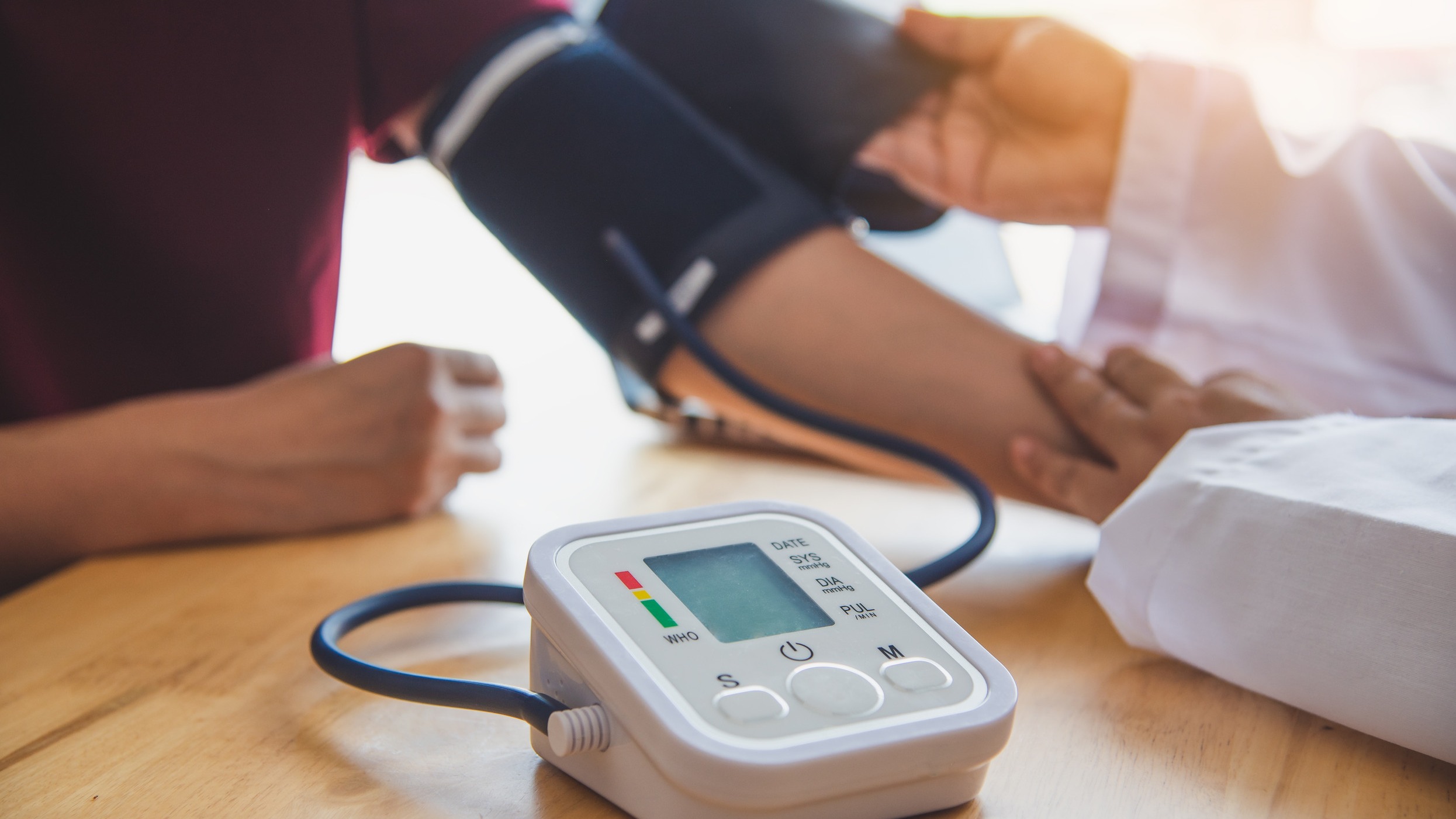
New High Blood Pressure Guidelines: A Game Changer for Heart Health
With high blood pressure becoming one of the foremost health challenges worldwide, the recent release of the 2025 guidelines by the American Heart Association (AHA) and the American College of Cardiology (ACC) signals a crucial step forward in prevention and patient care. For professionals navigating this medical landscape, understanding the key updates is essential.
Maintaining Blood Pressure Targets: A Continuity in Standards
Remarkably, the definitions for what constitutes normal and high blood pressure remain unchanged in the latest guidelines. Normal is recognized as less than 120/80 mm Hg, while high blood pressure is categorized at 130/80 mm Hg and above. This consistency allows healthcare providers to maintain a clear framework while adapting their strategies for better treatment outcomes.
Early Interventions: Proactive Approach to Hypertension
One of the fundamental changes in the guidelines is the emphasis on beginning treatment sooner. If lifestyle modifications do not yield results within 3-6 months, clinicians are encouraged to consider medication sooner. This proactive approach aims to mitigate risks associated with heart disease, stroke, kidney damage, and cognitive decline, significantly steering patients towards healthier futures.
Innovative Risk Assessment with the PREVENT Risk Calculator
The introduction of the PREVENT Risk Calculator marks a significant leap. This tool assesses an individual's 10- and 30-year cardiovascular risk by combining various health metrics, including blood pressure, cholesterol levels, and even social determinants like ZIP code. Such a personal and comprehensive risk evaluation can inform tailored intervention strategies, making heart health management more effective and individualized.
Importance of Healthy Lifestyle Choices Reinforced
Consistent with past guidelines, these updates reaffirm the essential role of lifestyle modifications in managing blood pressure. Patients are encouraged to embrace healthier habits such as:
Lowering sodium intake: aiming for < 2,300 mg per day, ideally down to 1,500 mg.
Limiting alcohol: ideally consumed in moderation or eliminated.
Adopting the DASH Diet: rich in fresh produce, whole grains, and lean proteins.
Regular exercise: engaging in 75-150 minutes of moderate activity weekly.
Stress management: employing techniques like yoga and meditation to foster tranquility.
Special Considerations for Pregnancy and Postpartum Health
Recognizing the distinct risks during pregnancy, the new guidelines demand tighter blood pressure control for expectant mothers, recommending medication if levels exceed 140/90 mm Hg. After childbirth, monitoring remains essential, with low-dose aspirin advised to reduce risks associated with preeclampsia.
Improved Diagnostic Standards: Essential Lab Tests to Know
The updated guidelines also enhance diagnostic practices. Health professionals are urged to use urine albumin-to-creatinine ratios routinely in hypertensive patients, a shift from previous optional recommendations. This change aims to catch underlying causes like primary aldosteronism early—crucial in improving patient outcomes.
Conclusion: Empowering Patients and Professionals Alike
The latest guidelines offer more than just an update; they provide actionable insights and tools designed to support healthcare professionals and empower patients. Whether through lifestyle adjustment, medication, or a combination of both, informed decision-making can lead to better management of high blood pressure and overall cardiovascular health.
As we embrace these guidelines, let’s take proactive steps towards heart health. Staying informed and making tailored lifestyle changes will promote not only individual wellness but also the health of the community. Remember, every small step counts!
 Add Row
Add Row  Add
Add 




Write A Comment